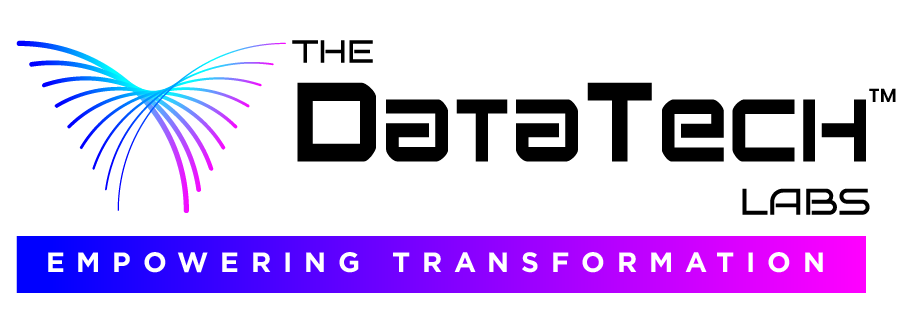Streaming video over the internet has become increasingly important, both for companies whose main business is video, and for other organizations who want to use video to enhance or improve their businesses and services. AWS Media Services make cloud-based video workflows feasible and affordable for organizations of all sizes, across a wide range of industries. But getting started can be challenging—there are many variations in workflows, numerous variables to consider, and new technical skills required.
This course will help you sort this out.
Using representative real-world examples this course introduces Media Services, explains what they do, and demonstrates which ones would work best for your business needs.
The course points you toward the best next steps. After you have completed this course, we provide resources to help guide you to the next right step in your journey. These resources can help you design and build a system. Or, you can engage with an AWS partner or expert for a turnkey solution.
• Course level: Fundamental
• Duration: 45 minutes
Activities
This course includes self-paced modules.
Course objectives
In this course, you will learn to:
• Describe the key stages and the underlying processes involved in cloud-based video workflows.
• Describe the main functions and uses of the AWS Media Services and recognize their key strengths and differentiators.
• List some common variables that can impact workflow design decisions.
• Understand the additional capabilities possible for your video streaming workflows when AWS Media Services are used in combination with other AWS services.
• Evaluate what Media Services options will best fit your target use case.
• Describe the options to get help creating media solutions in the AWS Cloud.
Intended audience
This course is intended for:
• Organizations for whom video is the key part of their business.
• Organizations using video to augment or enhance their business.
• Companies evaluating AWS Media Services for their video streaming needs.
Prerequisites
We recommend that attendees of this course have:
- Familiarity with basic video streaming terminology and concepts found in the AWS Digital Training course Video Compression and Delivery Basics.
Course outline
FUNDAMENTALS
Lesson 1: Welcome and Introduction
• Challenges of video streaming
• What to expect from this course
Lesson 2: First look at customer examples
• Live streaming vs. Video-on-Demand (VOD) streaming
• Customer examples used throughout the course
Lesson 3: Four stages common to most video workflows
• Overview of the four stages
• Components of the stages
Lesson 4: How AWS Services Are Used in the Four Stages
• List of AWS services used in each workflow stage
• Main functions and uses of each service
• Typical applications for each service
Lesson 5: Variables that Affect Design Decisions
• Six common variables
• Trade-offs in design decisions
• Variables as applied to each customer example
CUSTOMER WORKFLOW EXAMPLES
Lesson 6: Basic live streaming
• Customer description and use cases
• How the variables influenced their decisions
• Customers decision process and design choices
• System diagram.
Lesson 7: Large Live Example
• Customer description and use cases
• How the variables affected their decisions
• Customer’s decision process and design choices
• System diagram.
Lesson 8: Basic VOD streaming
• Customer description and use cases
• How the variables affected their decisions
• Customers decision process and design choices
• System diagram.
Lesson 8: Customer example: Large-scale VOD streaming
• Customer description and use cases
• How the variables affected their decisions
• Customers decision process and design choices
• System diagram.
Lesson 9: Large VOD Example
• Customer description and use cases
• How the variables affected their decisions
• Customer’s decision process and design choices
• System diagram.
ADDITIONAL FEATURES TO IMPROVE WORKFLOWS
Lesson 10: Balancing Simplicity and Flexibility
• For major live events, sometimes smaller is better
• How the exercise studio grew and needed more
Lesson 11: Protect your content from Unauthorized access
• How the exercise studio kept their content secure
• How broadcasters of marquee live events protect revenue streams
Lesson 12: Automate your workflow
• How the premium streaming service automated their workflow
Lesson 13: Improve the user experience using analytics and machine learning
• How the public library created a searchable video library
• How video from millions of devices is analyzed and indexed
Lesson 14: Generate revenue with personalized Ad Insertion
• How live events can drive revenue using personalized ads
Lesson 15: Optimize cost and performance with monitoring
• Monitoring can reduce cost and improve performance
NEXT STEPS
Lesson 16: Where to go next
• Options for next steps
• Resources
APPENDIX
Lesson 17: Media Services glossary
• Table of Media Services and their main functions

Responses